Visit FC Barcelona | Complete Traveling Guide
Futbol Club Barcelona, commonly referred to as Barcelona and colloquially known as Barça, is a Spanish professional football club based in Barcelona, Spain.

DISCOVER
At a glance
Neighborhoods
Weather
THINGS TO DO
Art and culture
Food and drink
Shopping
Nightlife
Sport
Parks and gardens
Amusement parks and zoos
Day trips and itineraries
TEAM EVENTS
Upcoming Games
Special events
Calendar
Trials
PLAN YOUR TRIP
Where to stay
Getting here
Getting around
Essential information
Accessibility
Visitor Services
Learning Spanish
Maps and guides
Camp Nou Stadium
Location: C. d’Arístides Maillol, 12, 08028 Barcelona, Spain
Capacity: 99,354
Opened: 24 September 1957
Camp Nou
History
In 1912, the team finally settled down at the Campo de O’Donnell after 11 years of bouncing around. After that, the team played for a year at the Campo de Ciudad Lineal, a small stadium that could hold only 8,000 fans. A year later on May 17th, 1923, Real Madrid’s inaugural encounter against Newcastle United took place at Estadio Chamartn, where they would play their home games from that point forward. Real Madrid won the Spanish league for the first time in its history in this stadium, which was attended by 22,500 people. After a few triumphs, Santiago Bernabéu, the club’s newly elected president in 1943, determined that the Estadio Chamartn was inadequate for the club’s aspirations. A new stadium was erected and opened on December 14, 1947. The current name of the stadium, Santiago Bernabéu Stadium, was not given to it until 1955. This was the original name of the stadium when it was built. Real Madrid’s first game at the Bernabéu was a 3–1 victory over Portuguese team Belenenses, with Sabino Barinaga scoring the opening goal.
After a 1953 expansion, capacity reached 120,000. Modernizations (the last standing spaces were removed in 1998–99 in response to UEFA laws prohibiting standing during matches in European competitions) have resulted in a number of cutbacks, which have been matched to some extent by additions. There are now 81,044 seats available for use. A retractable roof is being considered. Only Borussia Dortmund, Barcelona, and Manchester United draw larger crowds than Real Madrid’s on a regular basis.
The Bernabéu has hosted the 1964 UEFA European Championship final, the 1982 FIFA World Cup final, the 1957, 1969, and 1980 European Cup finals, and the 2010 UEFA Champions League Final. ” Santiago Bernabéu is a station on the Madrid Metro’s 10 line that serves the stadium. UEFA designated the Bernabéu as an Elite Football Stadium on November 14, 2007.
Alfredo Di Stéfano Stadium was officially opened on May 9, 2006 in the Real Madrid City neighborhood where Real Madrid conducts most of their training. As a replay of the European Cup final from 1956, Real Madrid took on Stade de Reims in the inaugural encounter. Six goals by Sergio Ramos, Antonio Cassano (2), Robert Soldado (2), and José Manuel Jurado helped Real Madrid to victory in the match. Citadel Real Madrid’s training facility in Valdebebas has taken over the space previously used by the venue. Real Madrid Castilla play their home games at the 5,000-seat stadium. Alfredo Di Stéfano, a former Real Madrid player, was the inspiration for the name. Due to renovations at the Santiago Bernabéu stadium, the first team has been playing their remaining 2019–20 La Liga home games at the stadium from 14 June 2020.

FLIGHTS
CheapOAir
Flexibility In Packages
0%
Lowest Flight Prices
0%
Friendly Service
0%
TICKETS
Barcelona Weather
Barcelona has a hot summer Mediterranean climate with mild winters and warm to hot summer temperatures, according to the Köppen climate classification. The rainiest seasons are fall and spring. In the summer, there is a three-month dry season, while in the winter, there is a lot less rain than in a Mediterranean climate. It is unusual for the Mediterranean climate for June and August to be wetter than February.
Barcelona’s average annual temperature is 21.2 °C (70.2 °F) during the day and 15.1 °C (59.2 °F). In the coldest month, January, the temperature typically ranges from 12 to 18 °C (54 to 64 °F) during the day, 6 to 12 °C (43 to 54 °F) at night. In the warmest month, August, the typical temperature ranges from 27 to 31 °C (81 to 88 °F) during the day, about 23 °C (73 °F) at night.
Location: Barcelona Population: 1621537 few clouds 84°F Feels like 91°F Humidity 74% Cloudy 20% Speed 13mil/h
few clouds 84°F Feels like 91°F Humidity 74% Cloudy 20% Speed 13mil/h
THINGS TO DO
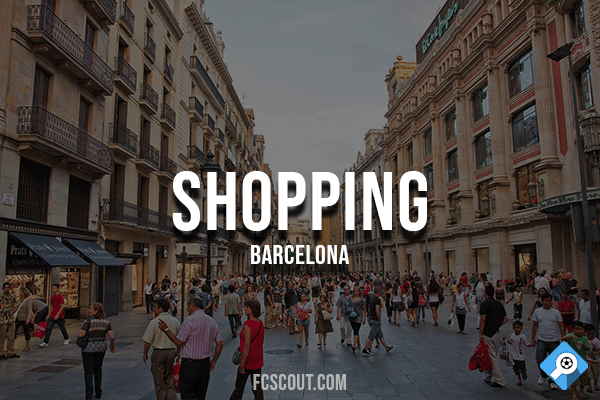
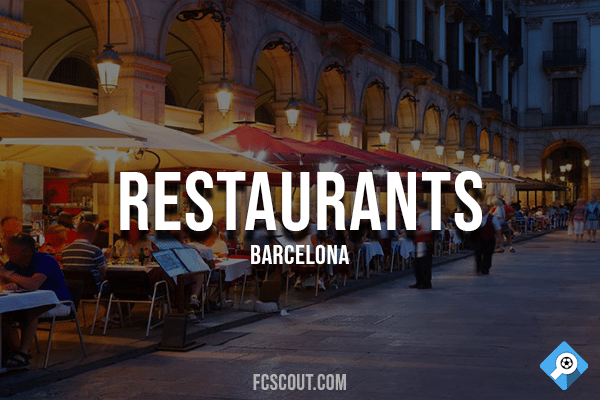
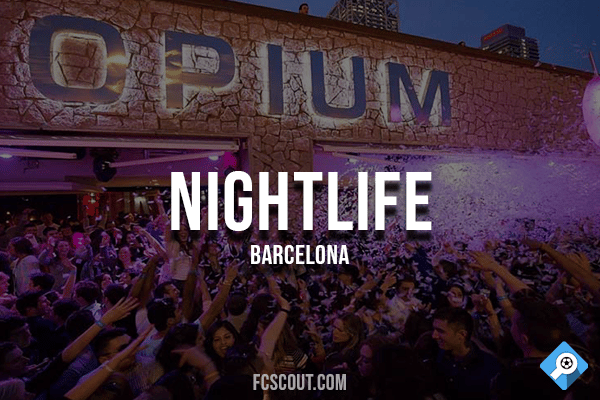
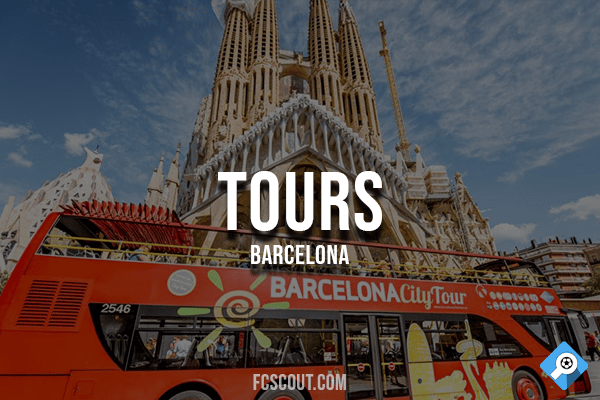

Barcelona Trials Information
PLAN YOUR TRIP
WHERE TO STAY
NH Barcelona Stadium
Address: Travessera de les Corts, 150-152, Les Corts, 08028 Barcelona, Spain
Hotel Alguer Camp Nou
Address: Passatge Pere Rodríguez, 20, Les Corts, 08028 Barcelona, Spain
Ilunion Les Corts Spa
Address: Cardenal Reig, 11, Les Corts, 08028 Barcelona, Spain
NEARBY HOTEL MAP
[wpgmza id=”4″]
GETTING AROUND BARCELONA, SPAIN
To get around in Barcelona and its surrounding area, residents and visitors can take advantage of an ever-more sustainable public transportation system, which prioritizes the use of clean energy, including the metro, trams, buses, and the city and suburban rail service (FGC). As well as public bike rentals and over 200 kilometers of bike lanes, there is a taxi fleet that comprises hybrid and electric vehicles as well as natural gas-powered cabs. Renting environmentally friendly electric vehicles is also available.
Metro, FGC and Tram
If you’re looking for the fastest, easiest, most convenient, and most environmentally friendly method to get about Barcelona then public transportation is the best option. Tickets and travel cards are available in a variety of options.
For further information about Barcelona’s metro, funicular and rail services:
TMB: Tel. 900 701 149 | www.tmb.cat
FGC: Tel. 012 | www.fgc.cat
For further information about Tram services:
Tel. 900 701 181 | www.tram.cat
Bus
The hybrid, electric, or compressed gas vehicles used by Barcelona’s bus fleet make it one of the cleanest in Europe. The city’s comprehensive bus network includes fast lines that travel horizontally and vertically; traditional lines that connect areas; neighborhood buses that serve short distances; and night lines.
For further information about Barcelona’s bus network:
Tel. 900 701 149 | www.tmb.cat
For further information about Barcelona’s night bus network, times, methods and prices:
www.ambmobilitat.cat
Bike
Over 200 kilometers of bike lanes are available in Barcelona, as are numerous cycle parking places, as well as unique traffic signs and signals. These include streets and zones where the speed restriction is 30 kilometers per hour, as well as single-surface roadways, pedestrianized districts, and public parks. You must adhere to the rules of the road to preserve everyone’s safety and peaceful cooperation.
Taxi
The yellow and black livery of Barcelona’s 10,000 cabs makes them easy to see. Hybrid and electric vehicles are being added to the taxi fleet, as are vehicles powered by natural gas. Taxi Ecolgic’s whole fleet consists of silent hybrid and electric vehicles, or Taxi Class with luxury automobiles with the ECO designation, which signifies ecologically friendly.
As long as their roof lights are green, taxis can be summoned for service. There are around 300 taxi stands (including those at train stations, the airport, bus stations, and cruise terminals) where you can hail a cab, book one by phone, or use the free app; you can also flag one down on the street if you don’t have a phone.
ACCESSIBILITY
Bus Accessibility
People with disabilities can ride the city’s single-decker buses, which are equipped with ramps and lifts. In addition to ramps, there are dedicated areas for those with disabilities. People with functional limitations can also utilize buses. Passengers who are blind or visually handicapped can use the accessible information device to trigger visual and acoustic alert systems at bus stops.
At each stop, there are NaviLens smart tags that give visually challenged passengers information such as the stop’s name, code, and bus number, as well as the destination and an expected arrival time.
INFORMATION
Business Hours
If you live in the city’s core, most businesses stay open until 8 or 10 p.m., with the exception of those that open later. Businesses that close for lunch normally reopen between 4 and 5 p.m. on weekdays.
Restrooms
Portable public restrooms can be found on a large number of city streets. You can find these as part of the street furniture; they have an open-top baby changing table that folds out for easy access; a trash can; an exhaust fan; and a coat hanger for coats and bags. Additionally, a lamp and a window let in plenty of natural light. After each use, the floor is automatically cleaned and dried using a self-cleaning technology. People-traffic hotspots like parks and public transportation stations are common locations for them. Unisex public bathrooms are accessible to everyone, including those with disabilities and strollers. You can use it whenever you want for just a meager 10 euro cents a pop.
Electricity
In Spain, the standard voltage is 220 volts, and the standard frequency is 50 Hz. The plugs and sockets are of type F, which has two round pins and two earth clips on the side.
If you have equipment that doesn’t function with these plugs, it’s easy to find an adaptor and, of course, most hotels will have one for you.
Tourist Offices
Many tourist offices may be found throughout the city, and they are positioned in strategic locations. We, at Turisme de Barcelona, are here to assist you in discovering all that Barcelona has to offer, wherever you may be.
LANGUAGE
You can learn Catalan if you want to visit Catalonia. Catalan and Spanish, which is also an official language in Barcelona, are the primary languages of the city’s residents. It is Catalan that you will see on most street names and transportation signage.
One of the benefits of eating out in the city center is the abundance of places that provide menu options in multiple languages. No matter how difficult something may seem, don’t hesitate to ask for assistance if needed. Many people in Barcelona are also fluent in both French and English.
FC BARCELONA HISTORY
FC BARCA HISTORY
History
The club, which was established in 1899 by a group of football players from Catalonia, Switzerland, Spain, England, and Switzerland under the leadership of Joan Gamper, has earned the moniker “Més que un club” (more than a club) (“More than a club”). Barcelona is owned and run by its supporters, unlike many other football clubs. With a $4.06 billion market value, it is the fourth most valuable sports organization in the world. With an annual revenue of €840,8 million, it is also the richest football club in the world. The “Cant del Barça,” composed by Jaume Picas and Josep Maria Espinàs, serves as the national song of Barcelona. Barcelona is known as the Blaugrana because of its customary dark blue and red striped uniforms.
Barcelona holds the record for the last four competitions and has won a total of 74 domestic trophies, including 26 La Liga, 30 Copa del Rey, 13 Supercopa de Espaa, 3 Copa Eva Duarte, and 2 Copa de la Liga. The club has 20 European and international club football championships to its name, including five UEFA Champions League crowns, a record four UEFA Cup Winners’ Cups, a tie-breaking five UEFA Super Cups, a record three Inter-Cities Fairs Cups, and three FIFA Club World Cups. Barcelona is now rated second on the UEFA club rankings despite having held the top spot in the International Federation of Football History & Statistics Club World Ranking for 1997, 2009, 2011, 2012, and 2015. The club has a long-standing rivalry with Real Madrid, and matches between the two teams are referred to as El Clásico.
Barcelona has one of the highest social media followings among sports clubs worldwide and is one of the most widely supported teams in the world. Johan Cruyff is one of the players from Barcelona who has received a record amount of Ballon d’Or honors (12), and Ronaldo, Romário, Ronaldinho, and Rivaldo are some of the other winners of a record number of FIFA World Player of the Year awards (7). It was a first for players from the same football school when three players who went through the club’s youth academy—Lionel Messi, Andrés Iniesta, and Xavi—were selected as the FIFA Ballon d’Or winners in 2010.
Along with Athletic Bilbao and Real Madrid, Barcelona is one of the three original members of the Primera División that have never been demoted from the top league since its foundation in 1929. Barcelona won the Spanish Super Cup, the UEFA Super Cup, and the FIFA Club World Cup in 2009, making them the first Spanish football club to sweep all six competitions in a calendar year. They also became the first Spanish club to win the continental treble of La Liga, Copa del Rey, and the UEFA Champions League. 2011 saw the club win five titles and repeat as European champions. Barcelona made history on June 6, 2015, when they won their fifth Champions League title, making them the first European football team to ever complete the continental treble twice. Barcelona, the highest-paid sports organization in the world, became the first sports organization with first-team average compensation above £10m ($13.8m) annually in November 2018.
EXPLORE OTHER SPANISH TEAMS


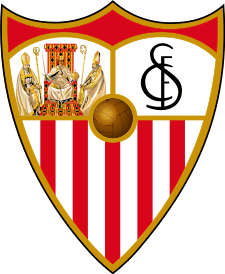
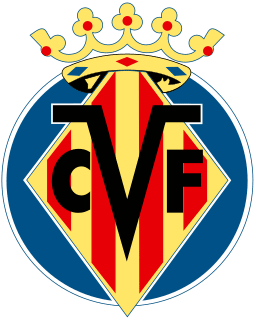
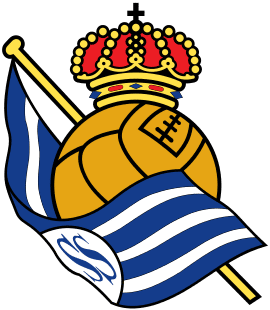
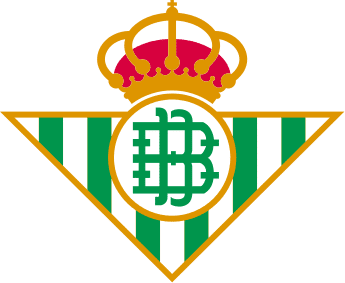
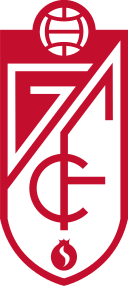
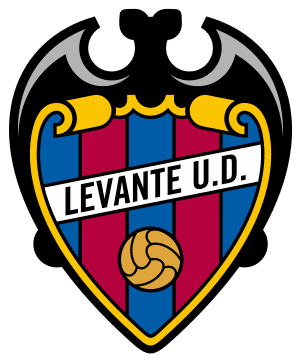
Previous
Next
